Massive Breach Exposes Patient Records at Longhorn
The recent cybersecurity breach at Longhorn Imaging, a significant violation involving over 280,000 patient records, has surfaced as a glaring reminder of the vulnerabilities existing within the U.S. healthcare infrastructure. Orchestrated by the hacker group SiegedSec, this incident not only exposes the personal and medical information of countless individuals but also raises pertinent questions regarding the efficacy of current security protocols under HIPAA. As we navigate the implications of this breach, one must ponder the balance between technological advancements and the safeguarding of patient privacy, teasing the mind to explore what measures can be instituted to fortify defenses against such cyber threats.
Key Takeaways
- Over 280,000 patient records were compromised in a data breach at Longhorn Imaging in June 2023.
- Hacker group SiegedSec was responsible for stealing and leaking patient information on the Dark Web.
- The stolen data included sensitive health details, exposing patients to risks of identity theft, financial fraud, and extortion.
- Longhorn Imaging has faced criticism for not offering credit monitoring or identity theft protection to affected individuals.
Incident Overview

In June 2023, Longhorn Imaging suffered a significant cyber incident when unauthorized individuals accessed their patient portal, compromising over 280,000 patient records. This breach not only exposed sensitive health-related details but also highlighted the vulnerabilities within the healthcare sector's cyber defenses. Longhorn Imaging, recognizing the gravity of the situation, promptly initiated an investigation to understand the scope and scale of the breach. In response to this event, the organization began implementing enhanced protective measures to fortify their systems against future attacks. These steps are vital in restoring trust and ensuring the safety of patient information. As the healthcare industry continues to navigate the digital age, incidents like these underscore the importance of robust cybersecurity practices to protect against unauthorized access and safeguard patient wellbeing.
Data Breach Details
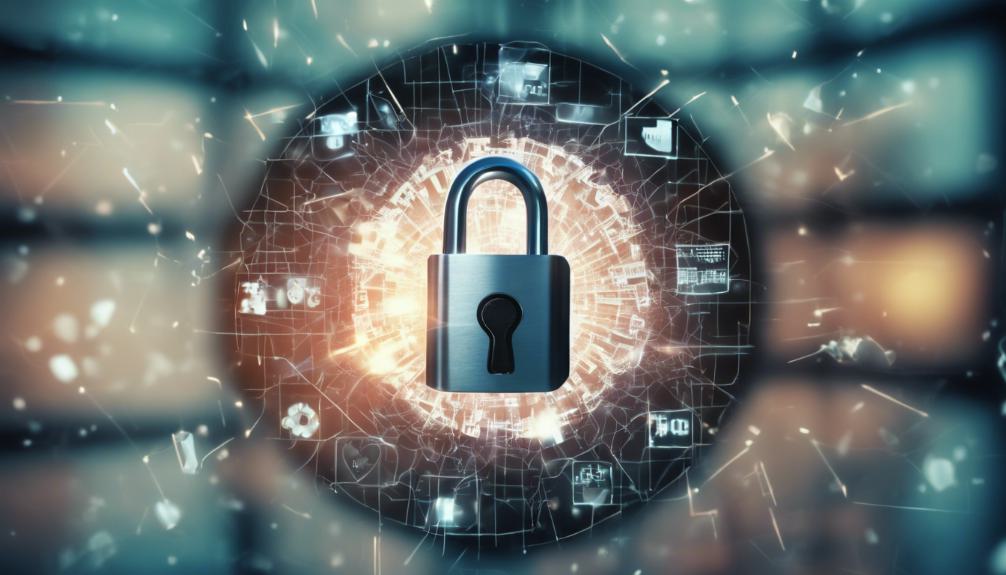
Further details on the Longhorn Imaging cyber incident reveal that the hacker group SiegedSec was responsible for infiltrating the systems and stealing patient records. The breach, which compromised the privacy and security of over 280,000 individuals, has raised significant concerns within the healthcare community. By gaining unauthorized access to Longhorn Imaging's servers, the perpetrators were able to retrieve a vast amount of health-related information. In the aftermath, Longhorn Imaging has implemented additional protective measures to prevent future breaches. However, the incident underscores the critical need for enhanced cybersecurity protocols within the healthcare sector, aiming to safeguard patient information from malicious actors. As healthcare professionals dedicated to serving others, it is imperative to prioritize the protection of patient data to maintain trust and ensure the confidentiality of sensitive health information.
Stolen Information
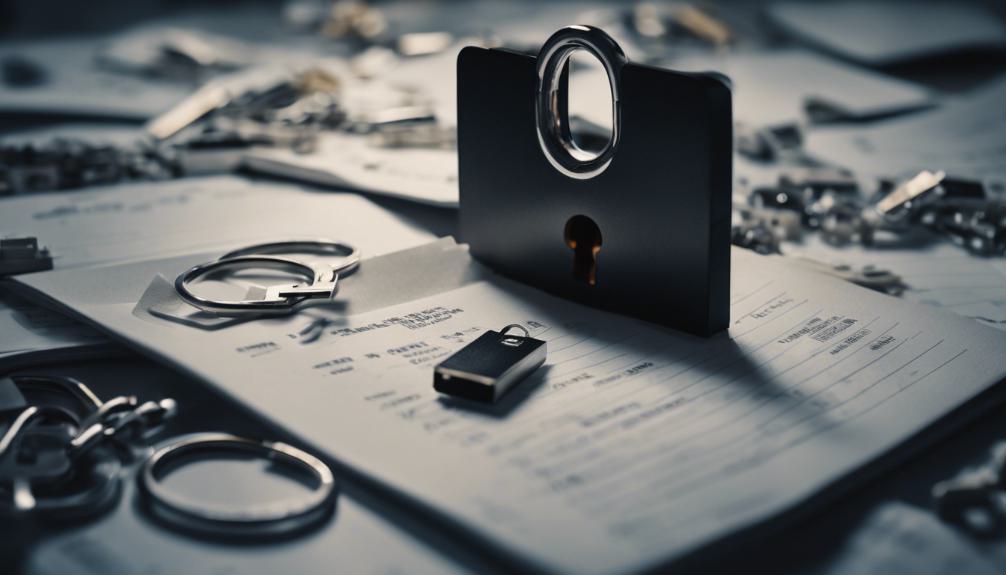
The breach at Longhorn Imaging led to the unauthorized disclosure of critical patient and physician information. This significant privacy violation compromised the names of both physicians and patients, alongside sensitive data including patient treatment details, dates of birth, genders, treatment dates, institution names, and other healthcare specifics. Such exposure not only breaches the trust between patients and healthcare providers but also puts individuals at severe risk of cybercriminal activities such as identity theft, financial fraud, and extortion. For those dedicated to serving others, this incident underscores the paramount importance of safeguarding personal and health information to protect against such vulnerabilities. It is a stark reminder of the need for vigilance and proactive measures to prevent unauthorized access to sensitive data.
Security Concerns in Healthcare
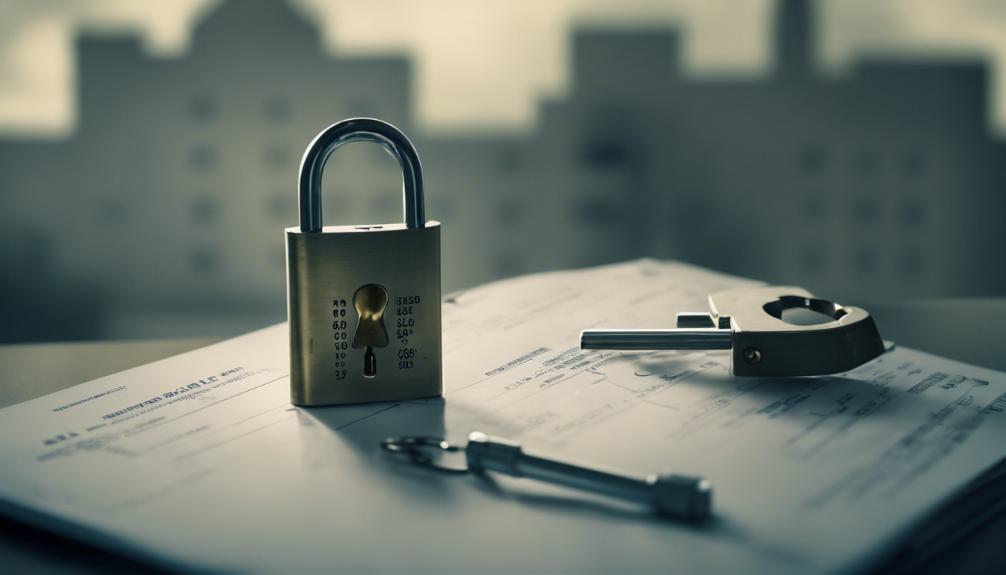
Cybersecurity vulnerabilities within the U.S. healthcare industry are increasingly becoming a point of concern, as evidenced by repeated incidents of data breaches and unauthorized access to sensitive patient information. The recent breach at Longhorn Imaging, affecting over 280,000 patient records, highlights the urgent need for robust security measures. Healthcare professionals, motivated by a desire to endeavor and protect their patients, must now navigate the complexities of digital security. The breach underscores the importance of implementing enhanced cybersecurity protocols and continuous monitoring to safeguard patient data. As those in the healthcare sector endeavor to provide care and maintain trust, the emphasis on securing patient information against cyber threats has never been more critical. The commitment to patient welfare extends beyond physical health, encompassing the protection of their personal and sensitive information.
Response and Legal Implications

In the aftermath of the Longhorn Imaging data breach, the organization's response, or lack thereof, in providing credit monitoring or identity theft protection for affected patients has raised significant legal and ethical concerns. The absence of immediate support for those impacted by the incident not only exacerbates the victims' vulnerability but also places Longhorn Imaging in a precarious legal position. Entities, especially in the healthcare sector, bear a profound responsibility to protect patient information. Failure to do so, coupled with inadequate post-breach responses, may result in severe legal repercussions, including potential class-action lawsuits. Such outcomes underscore the imperative for organizations to uphold stringent data protection practices and to respond with urgency and care when breaches occur, prioritizing the well-being of those served.
Protecting Patient Data
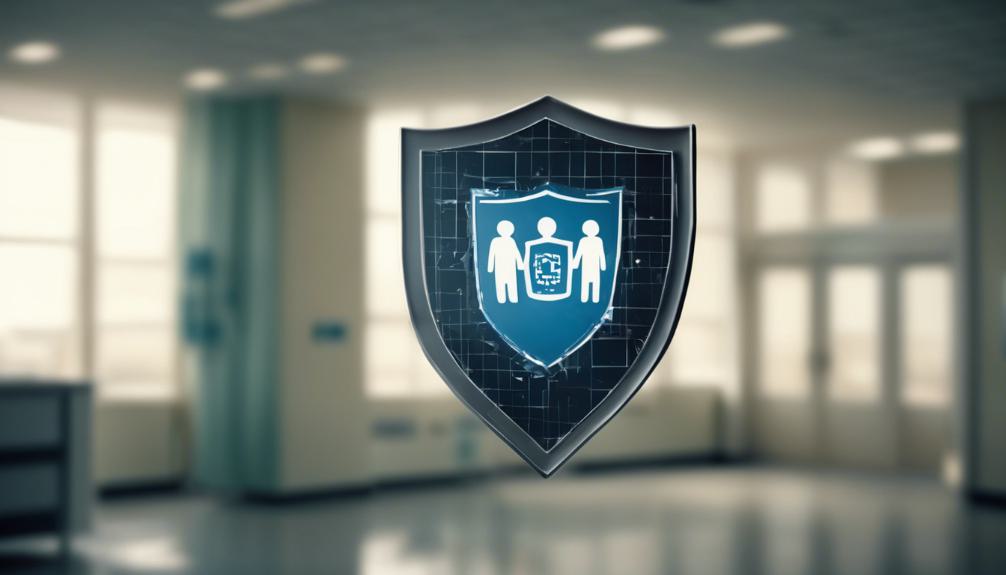
Acknowledging the substantial legal and ethical concerns highlighted by Longhorn Imaging's data breach response, it becomes imperative to examine strategies for bolstering the protection of patient data against cyber threats. In the service of others, healthcare organizations must adopt a multifaceted approach to cybersecurity. This includes implementing advanced encryption methods for data at rest and in transit, conducting regular security audits and risk assessments, and fostering a culture of security awareness among all staff members. Equally important is the establishment of robust access controls, ensuring that only authorized personnel can view or modify sensitive patient information. By prioritizing these measures, healthcare providers can significantly lessen the risk of future breaches, safeguarding the trust and well-being of the patients they serve.
Cyber Threats to Healthcare

While the healthcare sector continues to embrace technological advances, it increasingly becomes a prime target for cybercriminals, exposing sensitive patient data to unauthorized access and exploitation. The recent breach at Longhorn Imaging, affecting over 280,000 patients, underscores the acute vulnerabilities within our healthcare systems. This incident not only reveals the sophistication of cyber-attacks but also the dire consequences for individuals whose personal health information is compromised. Healthcare professionals and institutions must prioritize the implementation of robust cybersecurity measures to protect patient data. As stewards of such sensitive information, it is imperative to foster a culture of security that encompasses advanced technological defenses and thorough training for all staff. The integrity of patient care depends on our collective commitment to safeguarding this information against evolving cyber threats.
Legal Rights for Victims
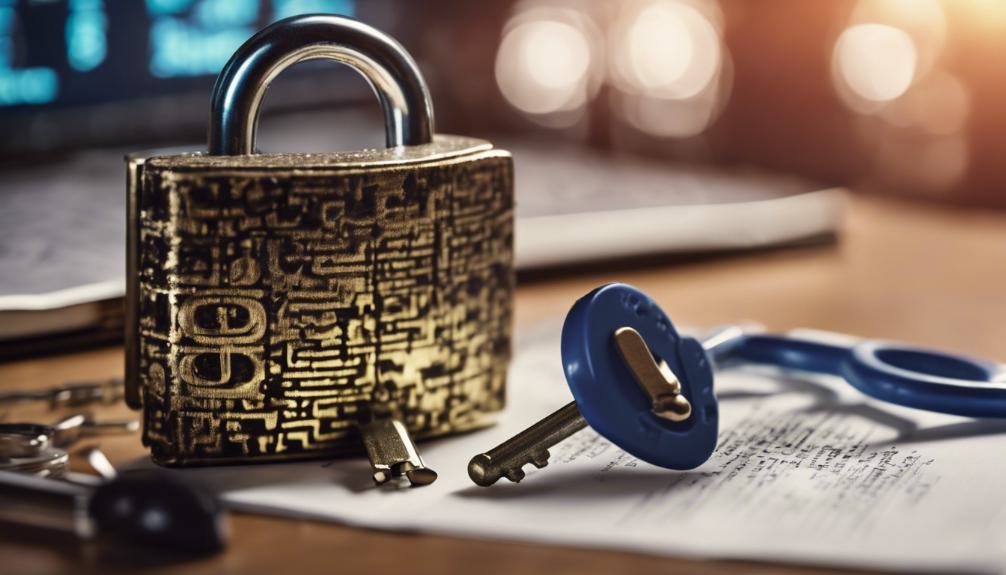
Victims of data breaches, such as the expansive incident at Longhorn Imaging, have specific legal rights that may offer recourse and protection against the consequences of unauthorized data exposure. These rights are essential for those seeking to mitigate the impact of such violations on their personal and financial well-being. Affected individuals are entitled to transparent communication regarding the breach's extent and the specific data compromised. Moreover, they may have grounds to seek compensation for damages through legal actions, such as joining class-action lawsuits specifically tailored to address the collective grievances of those impacted. Legal avenues also encourage the responsible entities to bolster their data protection measures, thereby serving the broader goal of enhancing patient privacy and security in the healthcare sector.
Enhancing Cybersecurity Measures
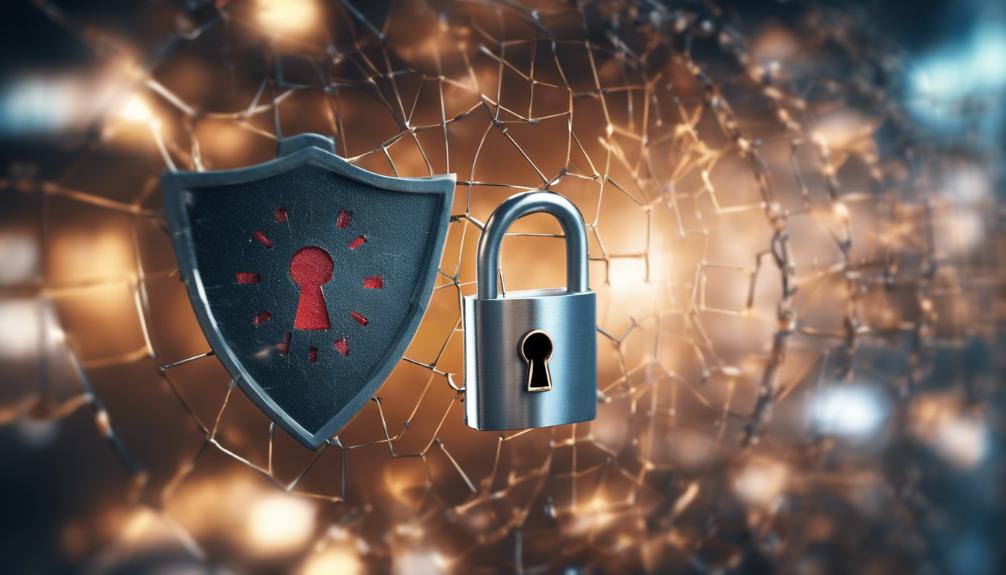
In the aftermath of the Longhorn Imaging data breach, the urgent need for robust cybersecurity measures within the healthcare sector has never been more apparent. Protecting patient information is not just a technical requirement but a moral obligation to those we serve. Enhanced security protocols, including end-to-end encryption of patient data, regular security audits, and employee training in cybersecurity best practices, are imperative. Implementing multi-factor authentication and establishing stringent access controls can notably reduce vulnerabilities. Healthcare institutions must foster a culture of security awareness, where every member understands their role in safeguarding patient data. By prioritizing these measures, we can restore trust and ensure the safety of sensitive health information, ultimately serving our community with the utmost integrity and care.
Frequently Asked Questions
How Can Patients Determine if Their Personal Information Was Specifically Compromised in the Longhorn Imaging Data Breach?
To ascertain if their personal information was compromised in the data breach, patients should first contact the institution directly for information and assistance. Additionally, monitoring credit reports and financial statements for unusual activity can indicate unauthorized use of personal data. Patients may also consider enrolling in identity theft protection services, which can provide alerts and assistance in the event of data misuse, safeguarding against potential financial fraud and identity theft.
What Immediate Steps Should Patients Take Upon Discovering Their Data Has Been Involved in the Breach to Protect Themselves From Potential Identity Theft or Financial Fraud?
Upon discovering their data has been compromised, patients should immediately take steps to protect themselves from potential harm. It's time to batten down the hatches by placing fraud alerts on credit reports, closely monitoring bank and credit card statements for unauthorized transactions, and considering a credit freeze. Reporting the breach to the relevant authorities can also aid in safeguarding against identity theft and financial fraud. Proactive measures are essential in mitigating potential damages.
Are There Specific Signs or Indicators That Patients Should Watch for That Might Suggest Their Stolen Information Is Being Used Illicitly?
Patients should remain vigilant for signs indicating illicit use of their stolen data, including unexpected financial statements, bills for services not received, or medical insurance claims for unfamiliar treatments. Additionally, monitoring credit reports for unauthorized activities and receiving alerts from financial institutions about suspicious transactions are essential. Immediate action upon noticing such irregularities can prevent further damage, underscoring the importance of ongoing personal information and financial account surveillance.
Beyond the General Advice, Are There Tailored Resources or Support Networks Available Specifically for the Victims of the Longhorn Imaging Breach?
Victims traversing the aftermath of a data breach may feel adrift in a digital sea, seeking a lifeline amidst waves of uncertainty. For those affected, specialized support networks and resources tailored to their situation are essential. These may include dedicated hotlines, identity theft protection services, and legal counsel experienced in cybercrime. Engaging with these resources can provide a beacon of hope, guiding individuals towards reclaiming their digital security and peace of mind.
How Can Individuals Protect Their Health Information From Future Breaches When Seeking Medical Services, Considering the Increasing Cyber Threats in Healthcare?
To safeguard health information against future breaches, individuals should inquire about healthcare providers' cybersecurity measures before engaging their services. Opting for medical facilities that demonstrate a strong commitment to data security, including compliance with HIPAA and other relevant regulations, is essential. Additionally, patients should monitor their medical and financial records for unauthorized activities and consider using services that offer enhanced privacy protections, such as secure patient portals and encrypted communication channels.
Conclusion
In sum, the colossal cyber incursion at Longhorn Imaging, orchestrated by the nefarious SiegedSec, has catapulted the vulnerabilities within the U.S. healthcare sector into the limelight, shattering any remnants of complacency regarding patient data security. This cataclysmic event not only magnifies the dire need for Herculean enhancements in cybersecurity measures but also serves as a clarion call for the healthcare industry to fortify its digital bastions. Victims, ensnared in this digital quagmire, must navigate a labyrinth of legal avenues to reclaim their besieged identities, underscoring the paramount importance of robust, impregnable cybersecurity frameworks in safeguarding the sanctity of patient information against the ever-looming specter of cyber malevolence.

This post has been generated by AI and was not reviewed by editors. This is Not legal advice. Please consult with an attorney.
